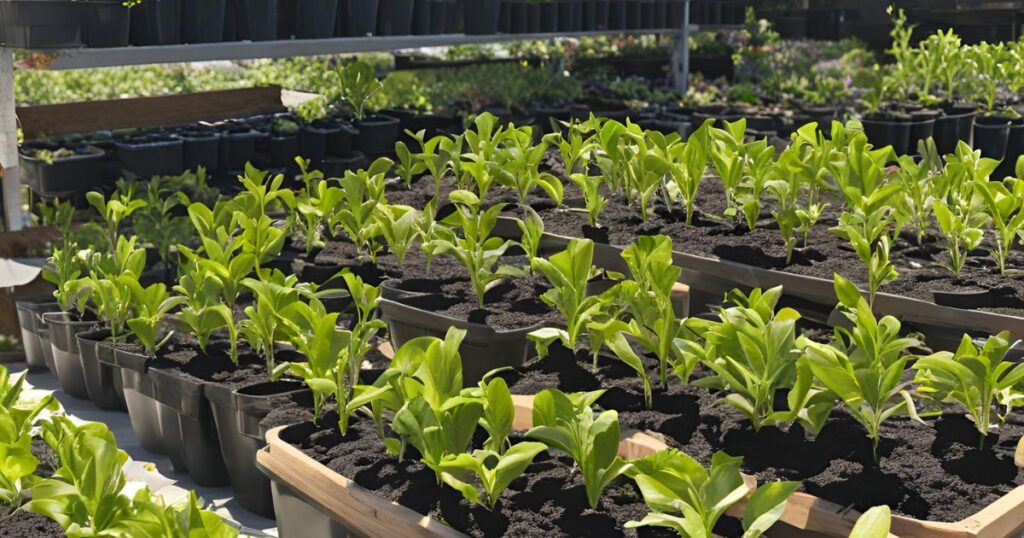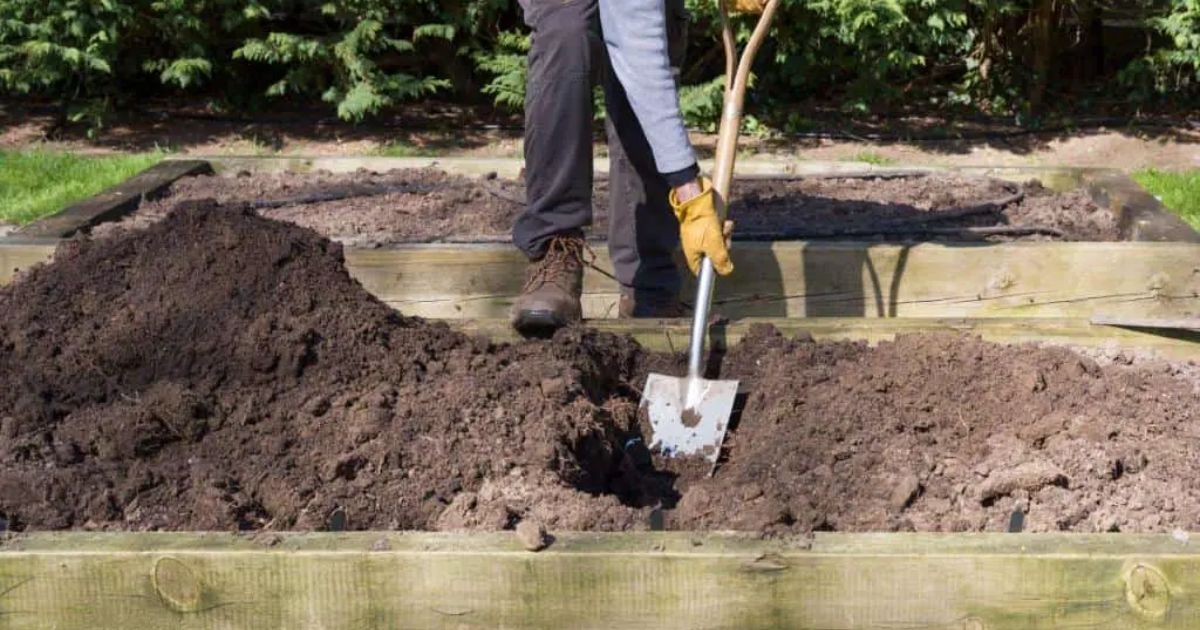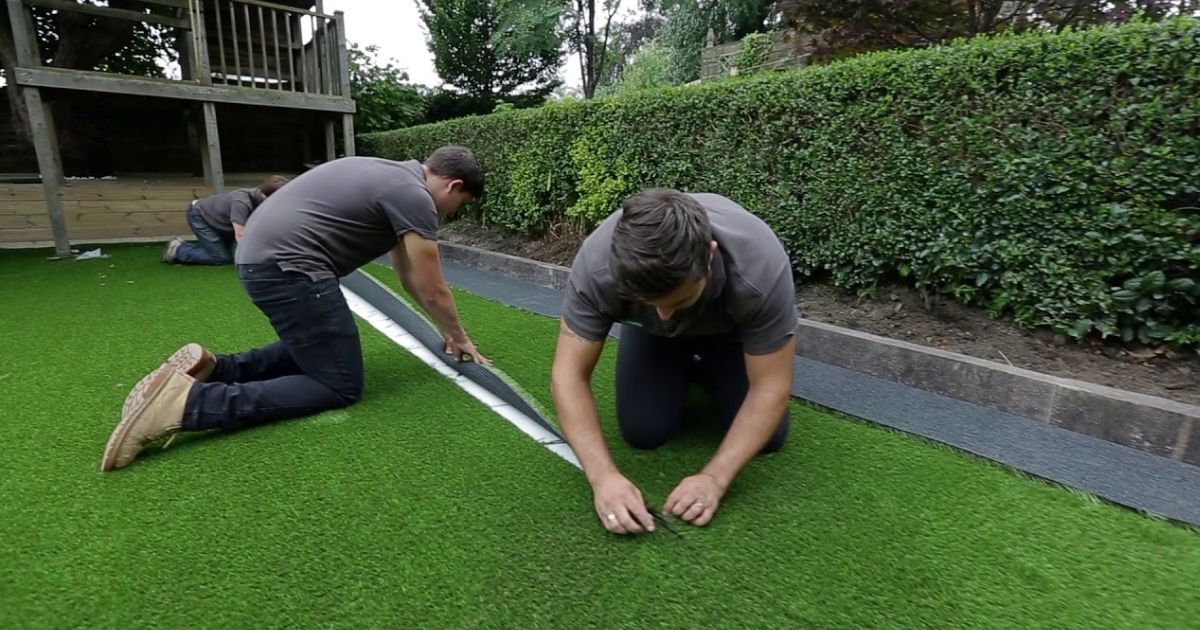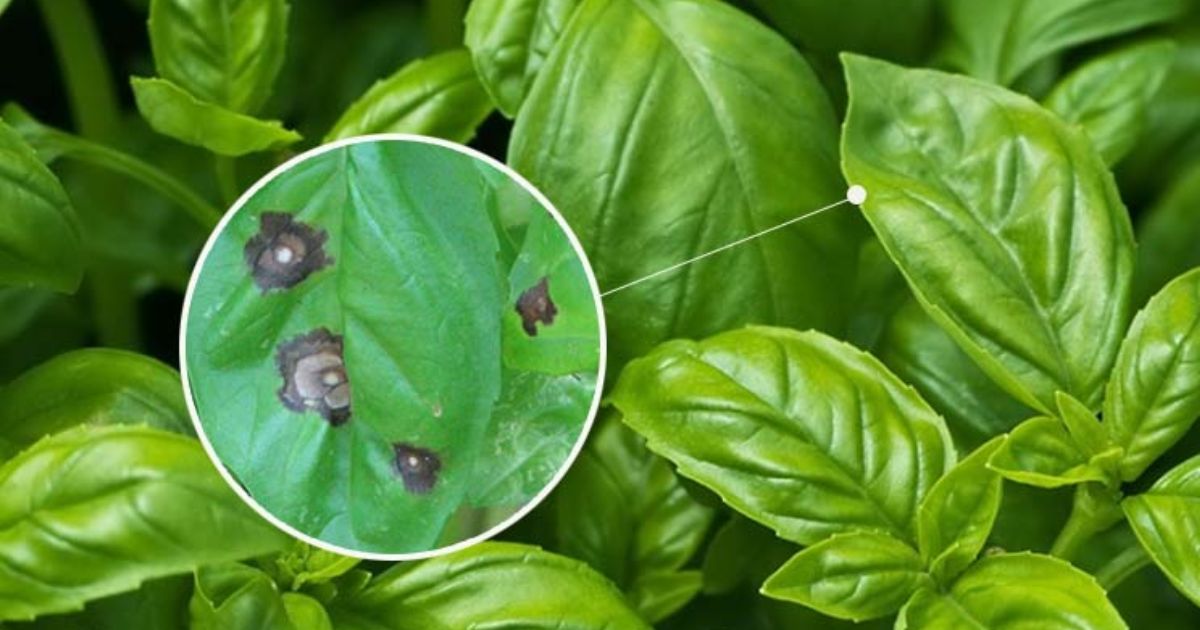Proper plant spacing is one of the most critical yet often overlooked aspects of gardening. Whether you’re planting vegetables, flowers, or shrubs, knowing how to master plant spacing can make a world of difference in the health and productivity of your garden. By following the principle of Plant Spacing Made Easy, you’ll ensure your plants have room to grow and optimize sunlight, airflow, and nutrient absorption, leading to a thriving garden.
In this guide, we’ll walk you through simple yet effective techniques for mastering plant spacing, making the process less intimidating and more approachable. From understanding basic spacing guidelines to advanced tips for various garden types, you’ll discover how to create the ideal environment for your plants to flourish. Let’s dive in and transform your garden into a lush, well-organized space where every plant has the room to thrive.
Why Plant Spacing Matters
Plant spacing is a crucial factor in the success of any garden, whether it’s a small vegetable plant spacing patch or an expansive flower bed. Proper spacing ensures that plants have room to grow, develop strong roots, and access vital resources. One of the most important roles of plant spacing is that it prevents overcrowding. Plants compete for water, nutrients, and sunlight when placed too closely together. This competition can stunt growth, weaken plants, and result in smaller yields.
Another key benefit of correct spacing is that it enhances airflow between plants. Adequate space allows for better air circulation, which helps reduce the risk of fungal diseases and pest infestations. Poor airflow in overcrowded gardens creates a damp environment where diseases can spread rapidly. With proper spacing, your plants will breathe better and stay healthier overall.
Finally, well-spaced plants benefit from improved nutrient absorption and sunlight exposure. Each plant will have access to its fair share of soil nutrients without being overshadowed by its neighbors. Sunlight can reach all parts of the plant, ensuring even growth and boosting photosynthesis. This leads to stronger, more productive plants and a thriving garden. By mastering plant spacing, you’re setting your garden up for long-term success.
Basic Principles of Plant Spacing
Mastering the basic principles of plant spacing is key to creating a well-balanced and thriving garden. Understanding the general guidelines for spacing helps prevent overcrowding and promotes healthy plant growth. Spacing needs can vary when planting vegetables, flowers, or shrubs, so following specific recommendations is important.
Spacing is critical for vegetables to maximize yields. Root vegetables like carrots and radishes may require tighter spacing, while larger plants like tomatoes and pumpkins need more room to spread out. Flowers also vary widely in spacing needs. Taller flowers like sunflowers require more space, whereas smaller varieties like marigolds can be planted closer together. Regarding shrubs, these typically need even more room due to their larger size and deeper root systems, making spacing essential for healthy growth and avoiding resource competition.
The seed packet is a helpful tool when determining plant spacing. Most seed packets provide spacing guidelines tailored to each plant type. These instructions typically include recommendations for spacing between individual plants and rows, ensuring that each plant gets adequate space to grow and develop. By following these guidelines, you can avoid overcrowding and optimize plant health.
The size of the plant plays a major role in determining how much space it needs. Smaller plants like herbs and lettuce can be planted closer together because they have shallow roots and smaller growth habits. On the other hand, larger plants like corn, squash, or fruit trees require significantly more space between them to allow for their expansive root systems and broader foliage. The general rule of thumb is that the larger the plant, the more space it will need to grow without interference. Understanding these basic principles ensures that every plant in your garden has the space to thrive.
How to Determine the Right Plant Spacing for Your Garden
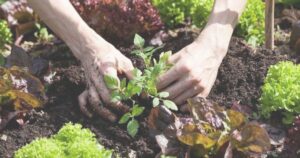
Determining the right plant spacing for your garden starts with understanding each plant’s growth habits. Different plants have unique growth patterns, and knowing how they develop is key to giving them room. For example, root vegetables like carrots and beets grow underground and need more horizontal space for root expansion. In contrast, leafy greens like lettuce grow above ground and can be planted closer together. The garden layout also plays an important role. Plants can often be spaced closer in edging raised beds or containers due to improved soil quality and drainage, whereas ground planting typically requires more space for roots to spread.
Additionally, climate and soil type can influence spacing. In regions with high humidity, allowing extra space for airflow helps reduce moisture and the risk of fungal diseases. For visual learners, using diagrams, charts, or tables can be especially helpful in showing proper spacing for different plants. These visual aids can guide you through optimizing space and ensuring every plant gets what it needs to thrive in your unique garden environment.
Common Mistakes in Plant Spacing and How to Avoid Them
One of the most common mistakes in plant spacing is overcrowding, which leads to competition for essential resources like water, nutrients, and sunlight. When plants are too close together, they struggle to thrive and often experience stunted growth. Overcrowding also restricts airflow, creating a humid environment that promotes the spread of fungal diseases. Another frequent error is inconsistent raised bed garden spacing, where plants are unevenly placed, causing some to receive more space and nutrients than others. This results in irregular growth and poor overall garden health.
Additionally, paying attention to plant growth rates is a critical mistake. Fast-growing plants like tomatoes or squash need more room to expand than slow-growers like herbs or lettuce. It is important to account for this difference to avoid overcrowding, as larger plants quickly outgrow their space, overshadowing smaller ones. To avoid these mistakes, carefully plan your garden layout, follow spacing guidelines, and consider each plant’s growth habits.
Plant Spacing for Different Garden Types
Your garden type plays a significant role in determining the ideal plant spacing. Plants can be spaced more tightly in raised bed plant spacing because the soil is typically richer and deeper, providing better drainage and nutrient availability. This allows for more efficient use of space, especially when growing vegetables and herbs. In container gardening, spacing is crucial since pots and containers limit root growth. Smaller plants like herbs, lettuce, or flowers can be placed closer together, while larger plants like tomatoes or peppers need more room within their containers to prevent overcrowding.
On the other hand, traditional garden rows follow a classic planting method. Spacing between rows is important for allowing access to plants, ensuring adequate airflow, and making it easier to water and maintain them. Row planting usually requires more space overall, but it’s a time-tested technique that works well for large gardens and crops like corn or beans. Each garden type requires careful spacing consideration to ensure healthy, thriving plants.
Advanced Tips for Mastering Plant Spacing
Mastering advanced plant spacing techniques can make all the difference for experienced gardeners looking to maximize their garden’s productivity. One such technique is succession planting, which involves growing multiple crops in the same space over different times of the season. Once an early crop like lettuce is harvested, you can replant that space with a warm-season crop such as tomatoes. This approach ensures that no garden space goes to waste and extends your harvest throughout the year.
Another effective strategy is companion planting, which pairs plants together for mutual benefit while optimizing space. For example, growing basil near tomatoes can enhance flavor and repel pests, while corn, beans, and squash—known as the “Three Sisters”—support each other’s growth. Proper companion planting helps you make the most of your space while fostering healthier plants.
Lastly, staggered planting is an excellent way to ensure that all plants receive adequate sunlight and airflow. You can prevent taller plants from overshadowing smaller ones by alternating plant heights. This method helps reduce overcrowding, improves access to sunlight, and enhances air circulation, promoting stronger growth and reducing the risk of diseases. These advanced techniques allow you to take full advantage of your garden space while keeping plants healthy and productive.
Tools and Resources to Help with Plant Spacing
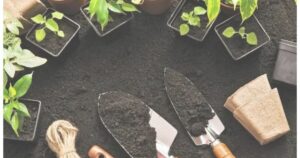
The right tools and resources can make the perfect plant spacing in your garden easier. Garden planners and apps are excellent modern tools that use technology to assist with planning optimal plant spacing. These apps often feature customizable layouts, allowing you to input the type of plants you’re growing. Based on your selections, they automatically calculate ideal spacing. Some even offer reminders for when to plant and harvest, making the process efficient and foolproof.
Measuring tools like spacing grids, rulers, and plant markers are invaluable for precise placement. Spacing grids, often designed specifically for raised bed spacing, ensure uniform distances between plants, preventing overcrowding. Rulers or measuring sticks can help when planting directly in the ground, giving you a reliable way to measure exact distances between seeds or seedlings. These tools maximize your garden’s potential while allowing your plants the necessary space.
Plant guides are also incredibly useful as they provide detailed reference materials for the proper raised bed edging of common garden plants. These guides, available in books or online, offer plant-specific advice, such as the required space between different varieties of vegetables, flowers, and shrubs. Access to a reliable plant guide helps you make informed decisions and avoid common spacing mistakes. By combining technology, measuring tools, and reference materials, you’ll have the necessary resources to master plant spacing with confidence.
Conclusion
Mastering plant spacing is essential for cultivating a thriving garden. Understanding the importance of proper spacing can prevent overcrowding, enhance airflow, and improve nutrient absorption and sunlight exposure. Familiarizing yourself with the basic principles, such as considering plant growth habits and following seed packet instructions, will set the foundation for your gardening success. Additionally, employing advanced techniques like succession, companion, and staggered planting can maximize your garden’s output while promoting healthy plant relationships.
Now is the time to implement these spacing tips in your garden. Take the knowledge you’ve gained and apply it to create an organized and productive planting layout. Remember, proper spacing is not just a guideline; it’s a key factor in ensuring your plants remain healthy and vibrant. By paying attention to spacing, you’ll cultivate a garden that flourishes with life and abundance. Happy gardening!
FAQs
How far apart should I space my vegetable plants?
The spacing for vegetable plant spacing varies depending on the type of crop. Generally, small vegetables like radishes and lettuce can be spaced 4-6 inches apart, while larger plants like tomatoes and peppers should be spaced 18-24 inches apart. Refer to the seed packet or plant guide for specific recommendations tailored to each vegetable variety.
What happens if plants are too close together?
When plants are too close together, they compete for essential resources such as sunlight, water, and nutrients. This competition can lead to overcrowding, often resulting in stunted growth, poor air circulation, and increased disease risk. Additionally, overcrowded plants may not produce as much fruit or flower, reducing your garden’s overall yield.
Is plant spacing the same for flowers and vegetables?
No, plant spacing is not the same for flowers and vegetables. While both require appropriate spacing to thrive, the specific needs can vary widely. Flowers may have different height and growth habits compared to vegetables. For example, taller flowers may require more space to avoid shading shorter plants, while vegetable spacing is often influenced by their root systems and the size of the mature plant. Always check specific spacing guidelines for the types of plants you are working with.

